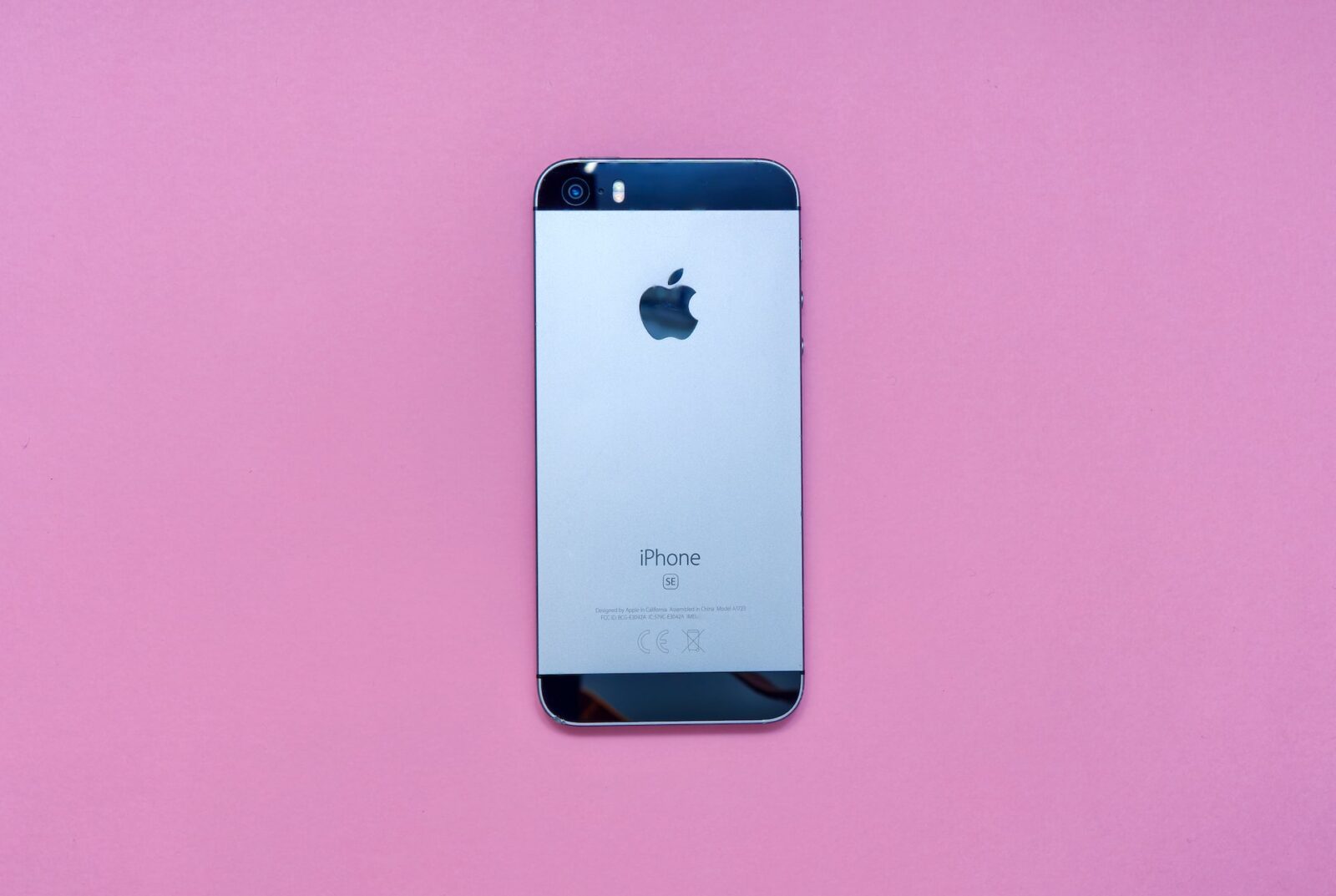If you’re a fan of small and powerful iPhones, it means that you have to give the SE series a chance. We’re talking about a budget-friendly series that began in 2016 and has since undergone several updates, with the latest model being released this year in March.
With the upcoming iPhone SE 4 being on its way to the market as well, it was only a matter of time before tech lovers started to speculate about its launch date and specs. We can certainly expect it to be superior to the previous iPhone SE 3, while, as for the release date, we might see the future iPhone on the stores’ shelves a bit earlier than expected.
Apple could postpone the launch until 2024
Ming-Chi Kuo, who’s known as a pretty reliable source when it comes to predicting future tech products with the “Apple” logo on them, now claims that the Cupertino-based giant will delay the launch until 2024. That could even mean a year and two months away, theoretically speaking.
(1/5)
My latest survey indicates that Apple will likely cancel or postpone the mass production plan for the 2024 iPhone SE 4. I think this is due to the consistently lower-than-expected shipments of mid-to-low-end iPhones (e.g., SE 3, 13 mini, and 14 Plus),— 郭明錤 (Ming-Chi Kuo) (@mingchikuo) December 21, 2022
Apple remains one of the largest and most successful companies in the world, with a market value of over $2 trillion. It is known for its sleek and user-friendly products, as well as its strong brand identity and loyal customer base.
One of Apple’s most popular products remains the iPhone, which has revolutionized the smartphone market since its introduction in 2007.
It is difficult to provide an exact number of iPhones sold, as this information is not publicly available. Apple typically releases its sales figures for the iPhone and other products on a quarterly basis, but these figures do not specify the exact number of units sold.
Instead, Apple typically reports the total revenue generated from iPhone sales, as well as the number of iPhones sold in terms of “units” or “units sold.” For example, in its fiscal year 2020 earnings report, Apple reported that it had sold approximately 260.2 million iPhones. However, this figure does not specify the exact number of iPhones sold.












Leave a Reply